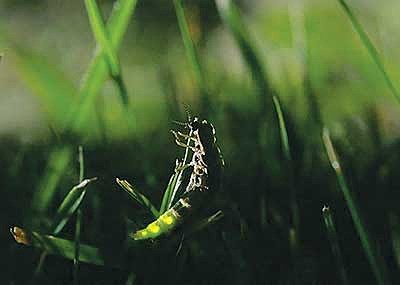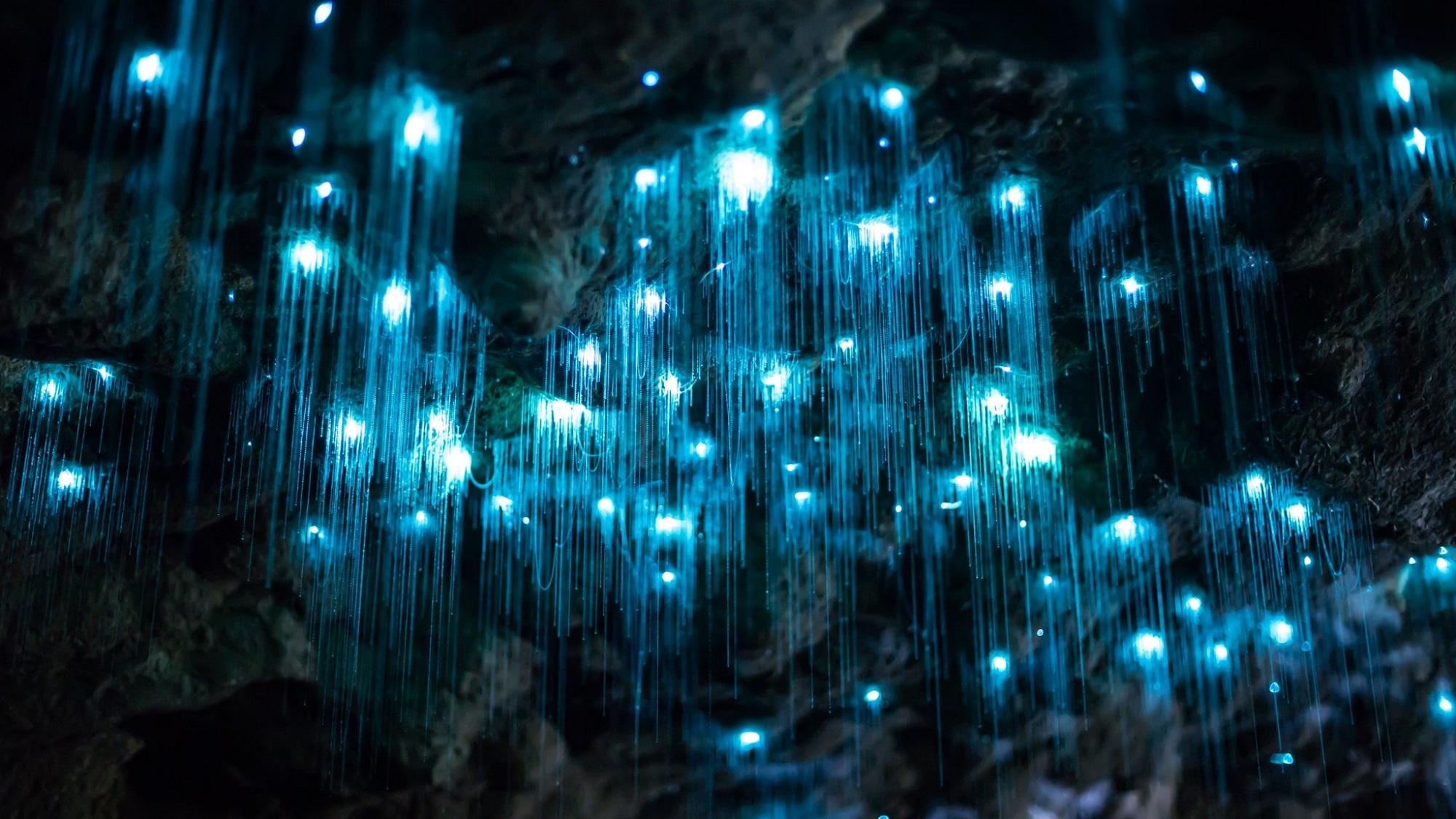

This light lures prey closer, tricking them into becoming entangled in the larvae’s silken threads. A chemical reaction between an enzyme and pigment in the larvae’s body with the oxygen in the air causes them to emit a blue-green light – visible through the transparent skin in their abdomen. The males are not seen as often as the females because. The adult male has the usual firefly beetle form, but the female is ‘larviform’ (wingless and elongate like the larva ). Keep in mind, some places have the ability to offer year-round viewing as the climate within the caves stays the same. Here is what Hogue writes: the female of the Pink Glowworm communicates her location to the male by emitting a continuous uniform luminescent glow. However, it is another predatory tactic that has caught the world’s (and their preys’) attention. Where Are They Found, And When Is the Best Time of Year to View Them The best time of year to view glow worms is usually between December and March, as this is the time of year with the highest humidity. Similar to spiders, they produce long, sticky threads to catch passing invertebrates such as mosquitoes and midges. Adult gnats lack working mouthparts and are unable to eat, so during this time, the larvae must consume enough energy to metamorphose and survive the next breeding season.

Once the eggs hatch, the larvae emerge to embark on the longest stage of their life cycle – around nine months.

Devon, Bystock Pools (During some summer nights the number of lights can approach 100 in the reserve’s grassland, a magical sight on a late. Find your nearest grassland nature reserve from the list below: Cambridgeshire, Cherry Hinton Chalk Pits. (Photo credit: Shannon Verhagen) Bioluminescence – a predatory lightĪdult fungus gnats have a short lifespan of just two to three days, during which time they mate and lay eggs before perishing. Late June and early July is the best time to go on a glow-worm hunt. During the day they are inconspicuous, but in the darkness these luminescent larvae sparkle, dotting caves, tunnels and walkways with blue-green light.


 0 kommentar(er)
0 kommentar(er)
